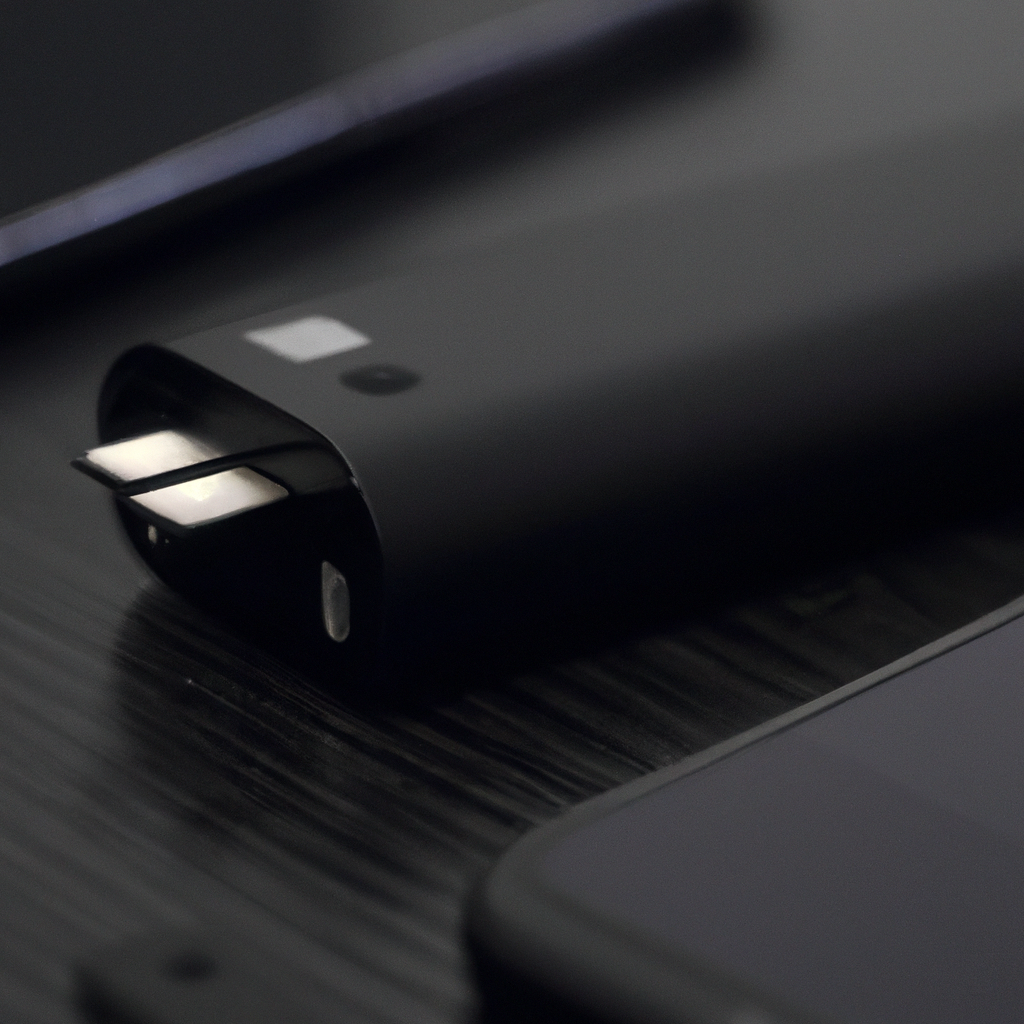Power banks have become an essential gadget for many people in today’s digital age. With the increasing usage of smartphones and other portable electronic devices, the need for on-the-go power has also risen. Power banks, also known as portable chargers or battery backups, provide a solution to this problem. But, how does a power bank store and provide power? In this article, we will explore the working mechanism of a power bank in detail.
How Does a Power Bank Store Power?
A power bank consists of a rechargeable battery that stores electrical energy. The type of battery used in a power bank is usually a lithium-ion battery. Lithium-ion batteries are known for their high energy density, which makes them ideal for portable devices like power banks. The battery cells are arranged in a series or parallel configuration to achieve the desired voltage and capacity.
The power bank can be recharged through a USB cable that is connected to a power source like a laptop, desktop computer, or wall adapter. The charging time depends on the capacity of the power bank and the charging speed of the power source. Higher capacity power banks take longer to charge.
How Does a Power Bank Provide Power?
A power bank provides power to your mobile devices through a USB cable. The USB cable is connected to the output port of the power bank and the charging port of the mobile device. The power bank detects the device connected to it and adjusts the output voltage and current accordingly. This ensures that the device is charged at the optimal speed without damaging the battery.
The power bank has one or more output ports depending on its capacity. Higher capacity power banks have multiple output ports, allowing you to charge multiple devices simultaneously. Some power banks also have fast charging technology that charges your device faster than a regular charger.
Working Mechanism of a Power Bank
The working mechanism of a power bank involves several components that work together to store and provide power. These components are:
1. Battery Management System (BMS)
The BMS is a critical component of a power bank that protects the battery from overcharging, over-discharging, and short-circuiting. It also balances the voltage and current across the battery cells to ensure they are charged and discharged evenly. The BMS ensures the safety and longevity of the battery.
2. Charging Circuit
The charging circuit regulates the charging speed and voltage of the power bank. It ensures that the battery is charged at the optimal speed without damaging the battery. The charging circuit also monitors the battery temperature and adjusts the charging speed accordingly.
3. Voltage Regulator
The voltage regulator ensures that the output voltage of the power bank is stable and does not fluctuate. This prevents damage to the device being charged and ensures that it is charged at the optimal speed.
4. USB Ports
The USB ports are where the charging cable is connected to the power bank and the device being charged. The USB ports have different output currents and voltages depending on the device being charged.
Conclusion
In conclusion, a power bank is a portable charging device that stores electrical energy in a rechargeable battery and provides power to portable electronic devices like smartphones, tablets, and laptops. The power bank has a battery management system, charging circuit, voltage regulator, and USB ports that work together to store and provide power. The power bank is an essential gadget for people who are always on the go and need to stay connected. With the increasing usage of portable electronic devices, the demand for power banks will continue to rise.







